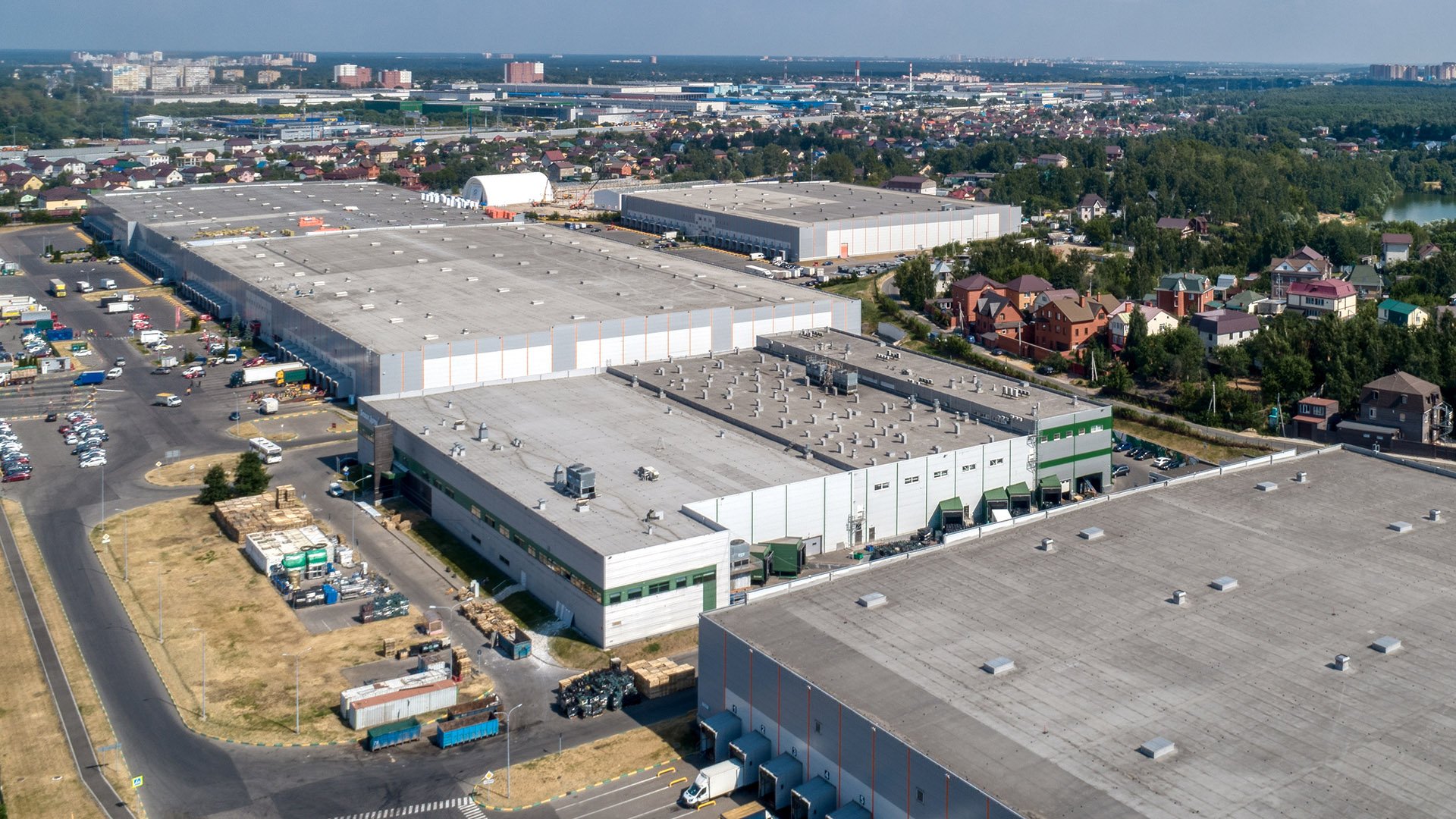Energy Efficiency | October 2, 2019
7 Facts About Financing Energy Efficiency Projects
Facilities need energy efficiency; this is no longer a new or questionable statement. Energy efficiency initiatives lower energy use, decrease carbon emissions, improve building operations and lessen a building’s impact on its environment. Operations teams all over the country can agree: facility management strategy today requires energy efficiency projects.
However, as with all things, efficiency solutions are not free. Financing large-scale, significant retrofits or equipment upgrades can quickly become difficult to work into a budget or obtain approval for. Correctly designed energy efficiency projects should make sense both to the operations teams championing these projects and the finance teams funding them.
These seven facts about financing efficiency projects outline what to know when budgeting for energy solutions.
How to build a budget for energy efficiency projects
1. Establish a clear return on investment (ROI) for your efficiency projects
If you don’t know what your project ROI is, start over. Determining ROI for an efficiency project is the most important step to financing. Setting this benchmark establishes a baseline for all parties involved. Efficiency projects, while important to building operations, should be financially viable when fully built and operating over time.
2. Aim for a 2-4 year payback period
While payback period relies on numerous factors, projects designed with attention to equipment cost, installation, relevant savings and retrofit opportunities should typically deliver a payback period within 2-4 years. For most operations and finance teams, this number aligns with investment targets.
3. Design projects to take advantage of significant utility incentives
Developed alongside efficiency measures since the late 1980s, utility incentive programs are still impactful and available today. Although quantity and type of incentive varies from utility to utility, companies can take advantage of the dollars available to incentivize efficiency projects and implement energy savings solutions. The more comprehensive the measure, the better the incentive.
4. Plan to see annual operational savings
More efficient use of energy translates into actual annual savings. Signature Breads, a Massachusetts-based food manufacturer, is saving over $200,000 per year due to an LED lighting upgrade and building management system optimization. Edward-Elmhurst Health, a hospital network out of Illinois, received a project payback of less than three years and is saving $1.9 million annually through a significant, campus-wide LED lighting project. These examples emphasize the point: operational savings from energy efficiency solutions should be taken into consideration when implementing energy projects. They can add up quickly and make a significant impact on overall OpEx.
5. Don't forget to calculate maintenance savings
Although forming a smaller line item on the balance sheet, maintenance savings add-up over time. Consider: the financial maintenance required for bulb replacements on fluorescent fixtures, the cost of maintenance on failing HVAC equipment not tied into a building management system or the hours of labor needed to maintain exterior lighting. All of these maintenance costs can be mitigated through efficiency projects.
6. Re-evaluate cap-rate post-efficiency project
Property value includes net operating income, operating expenses and asset value, which combined is essentially the cap rate of a property (the ratio of Net Operating Income to property asset value). Financing efficiency projects will increase net operating income through energy savings, reduce operating expenses through upgrades and increase asset value through facility improvements with new or upgraded equipment. Invest in your own facility.
7. You will lost money by waiting
If you know a project ROI and payback period, obtain incentive dollars from the utility and understand the savings being made available to you, also know that the longer you wait to make a change, the more money is left on the table. Waiting months – even years – to install efficiency solutions that lower energy use lessens what should be a growing annual savings number. Every dollar spent on unnecessary energy use, un-optimized systems and inconvenient maintenance is a dollar that could otherwise be reallocated in your budgets.
Although financing efficiency solutions can be a substantial investment, it pays off. The right projects built with the right solutions will deliver important energy savings while making smart, financial sense.
 Adam Fairbanks is President of Mantis Innovation, provider of smart, sustainable solutions to improve facility performance from any starting point along this journey. The Mantis suite of solutions covers energy procurement, facility asset management, and energy efficiency. Mantis provides managed facility services and turnkey program management with technology-enabled solutions that target the entire building footprint from roofs, walls, and pavement, to HVAC, lighting and power.
Adam Fairbanks is President of Mantis Innovation, provider of smart, sustainable solutions to improve facility performance from any starting point along this journey. The Mantis suite of solutions covers energy procurement, facility asset management, and energy efficiency. Mantis provides managed facility services and turnkey program management with technology-enabled solutions that target the entire building footprint from roofs, walls, and pavement, to HVAC, lighting and power.
Related Posts
Discover more content and insights from Mantis Innovation

7 Steps for Commercial Roofing Program Budget Certainty
Managing day-to-day facility operations often leaves little time for future budgeting concerns, especially for roofing assets. Commercial roofing expenditures can seem unpredictable on one's own,

The Cost of Inaction: Why Businesses Should Act Now on Energy Efficiency
In today's fast-paced business environment, the financial and operational losses businesses incur by delaying energy efficiency improvements, the "cost of inaction," is more relevant than ever.

In today’s AI era, human intelligence is the key to data center facility and energy optimization
Nowhere else in modern industry do artificial and human intelligence converge with such transformative potential as in the world of data centers. As AI's extraordinary growth accelerates demand for

Your Guide to LED Lighting for Business and Commercial Buildings
Never to be underestimated, LED lighting and well-designed lighting retrofits and upgrades offer businesses big improvements like reduced energy costs, reduced emissions, and improved working
